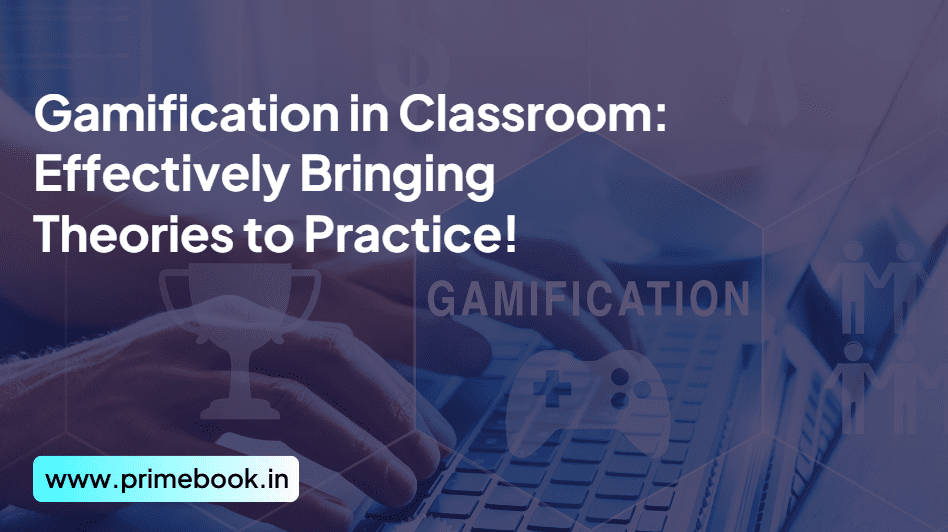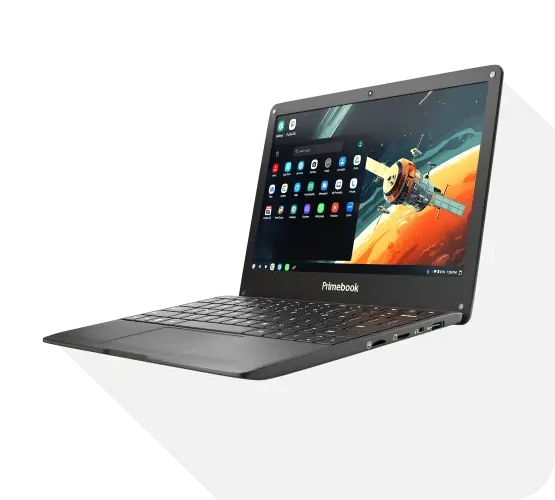Blogs / Trendy Tech Talks / Gamification in Classroom: Effectively Bringing Theories to Practice!
Blogs / Trendy Tech Talks / Gamification in Classroom: Effectively Bringing Theories to Practice!

Ananya Dasgupta
07 Jun 2024

Gamification in Classroom: Effectively Bringing Theories to Practice!
Table of Contents
‘Gamification in the classroom’ – the most debated topic in academia today – does have a significant role in enhancing the learning experience for students. Even Albert Einstein acknowledged games as the avenues for “something deeper and more meaningful”. It’s not always a waste of time but a powerful vehicle for learning. Gamification is typically the first method humans use during childhood to explore high-order cognitive skills such as creativity, analysis, and application of new knowledge.
I would say, gamification in classroom settings enables bringing theories to practice, creating a greater scope for academic progress. Why? How? Penned down right in this blog!
Gamification in Classroom & Game-Based Learning: Not The Same!
Although gamification in the classroom and game-based learning have similarities, there’s a fine line of difference between the two! While a game-based learning environment uses actual custom-designed or commercially available games, gamification involves integrating elements from gameplay into a traditional classroom setting.
Of course, both approaches are developed to make learning more enjoyable and effective. But, I believe that gamification sets an edge with its versatility and uniqueness compared to game-based learning.
Tracing Roots of Gamification in the 20th Century Board Games...
2008, it was, when the term “gamification” first came into use on record in the ‘Social Gaming Summit’. Bret Terrill was the one to coin it! However, the idea of utilizing games or gamified elements to elevate learning can be traced back to 20th-century board games.
“Math Bingo” is one of the greatest examples in this regard! Yes, it’s the one with various number combinations on bingo cards that made arithmetic learning more engaging for children. This game actually promoted situated learning, i.e., learning through groups of practice.
Today, gamification has found its way into modern virtual classrooms and even traditional ones with the core purpose of empowering students to absorb and retain information more effectively.
Healthy Competition: Meaningful for Classroom Learning!
By stirring healthy competition among students, gamification in a classroom setting can meaningfully spark students’ interest in the lesson and subsequently engage them in it.
Healthy competition within the classroom also holds the benefit of making assignments less intimidating for students, especially for those too prone to stress and anxiety.
In fact, Jack Quinn, a classroom teacher and coach at Houston Independent School, spoke about how unique competitions like “Teacher vs. Class” help introduce “behavioural expectations” inside the classroom. He exclaimed, “Students must follow a rule that the teacher sets. Anytime a student follows the rule, the class gets a point.” Otherwise, the teacher gets it. Indeed, this is a wonderful encouragement mechanism! A great game-like element to incorporate!
Learning Through ‘Trial and Error’...
Gamification in a classroom reframes the ideas of ‘error’ and ‘mistake’, encouraging a mindset of – “Freedom to Fail”. With gamified elements in the learning process, students can experiment without stress, take risks, and realize how failure acts as a stepping stone to mastering a particular skill set.
You try, make errors, learn from them, and grow! That’s when problem-solving and the spirit of persistence take their peak inside the classroom!
A mainstream educational model undoubtedly lacks it! The penalty for “mistakes” therein creates stress among students and discourages them from unleashing their complete potential.
In a nutshell, gamification in the classroom paves for students’ motivation with various out-of-the-box reward systems. Students can apply their knowledge inside the class with the quests to mirror real-world scenarios and get immediate feedback to identify areas of improvement. They can communicate, collaborate, cooperate, and compete collectively, bridging the gap before theories and practice!


 Related Blog
Related Blog









